Heel pain is one of the most common reasons people visit a podiatrist—and two key culprits are heel spurs and Achilles tendonitis. While they’re often confused due to similar symptoms, they are different conditions requiring specific treatment. Let’s explore the causes, signs, and most effective treatments to get you back on your feet pain-free.
What Is a Heel Spur?
A heel spur is a bony growth that develops on the underside of the heel bone, often linked with long-term strain on the foot muscles and ligaments. It’s commonly associated with plantar fasciitis, where the plantar fascia becomes inflamed and pulls at the heel bone.
-
Sharp, stabbing pain in the heel, especially on first steps in the morning
-
Tenderness at the bottom of the heel
-
Pain that improves slightly with movement
What Is Achilles Tendonitis?
Achilles tendonitis is inflammation of the Achilles tendon—the large tendon connecting your calf muscles to your heel bone. It often results from overuse, improper footwear, or tight calf muscles.
-
Pain or stiffness along the back of the heel
-
Swelling or thickening of the tendon
-
Pain worsens with activity and eases with rest
Effective Treatment Options
1. Rest and Ice
-
Take a break from high-impact activities.
-
Apply ice to the affected area for 15–20 minutes several times a day to reduce inflammation.
2. Supportive Footwear
-
Choose shoes with good arch support and cushioning.
-
Avoid flat, unsupportive shoes like thongs or worn-out runners.
3. Orthotics
-
Custom or off-the-shelf orthotics help correct foot mechanics and offload pressure.
-
Ideal for both heel spurs and Achilles tendonitis.
4. Stretching and Strengthening Exercises
-
Calf and Achilles stretches help reduce strain on the tendon and plantar fascia.
-
Eccentric heel drops are often used for Achilles tendonitis rehabilitation.
5. Shockwave Therapy
-
A non-invasive treatment that stimulates healing in chronic conditions.
-
Often used for stubborn cases of heel spurs and Achilles tendonitis.
6. Manual Therapy and Massage
-
Reduces muscle tension and improves flexibility.
-
Can relieve tight calves and fascia contributing to heel pain.
7. Anti-inflammatory Medication
-
Short-term use of NSAIDs may ease pain and swelling. Always consult your GP or podiatrist.
When to See a Podiatrist
If your heel pain has lasted more than a few weeks or is worsening, it’s time to seek professional help. A podiatrist can diagnose the exact cause using clinical assessment and, if needed, imaging such as ultrasound.
Early treatment improves recovery outcomes and reduces the risk of chronic heel pain.
Get Expert Heel Pain Treatment at Foot HQ Podiatry
At Foot HQ Podiatry, we provide tailored treatment plans for heel spurs and Achilles tendonitis, including orthotic therapy, shockwave treatment, and injury prevention strategies.
📍 Suite 1, 28–30 Urunga Parade, Miranda NSW 2228
📞 Call (02) 8520 8818 to book your appointment today.
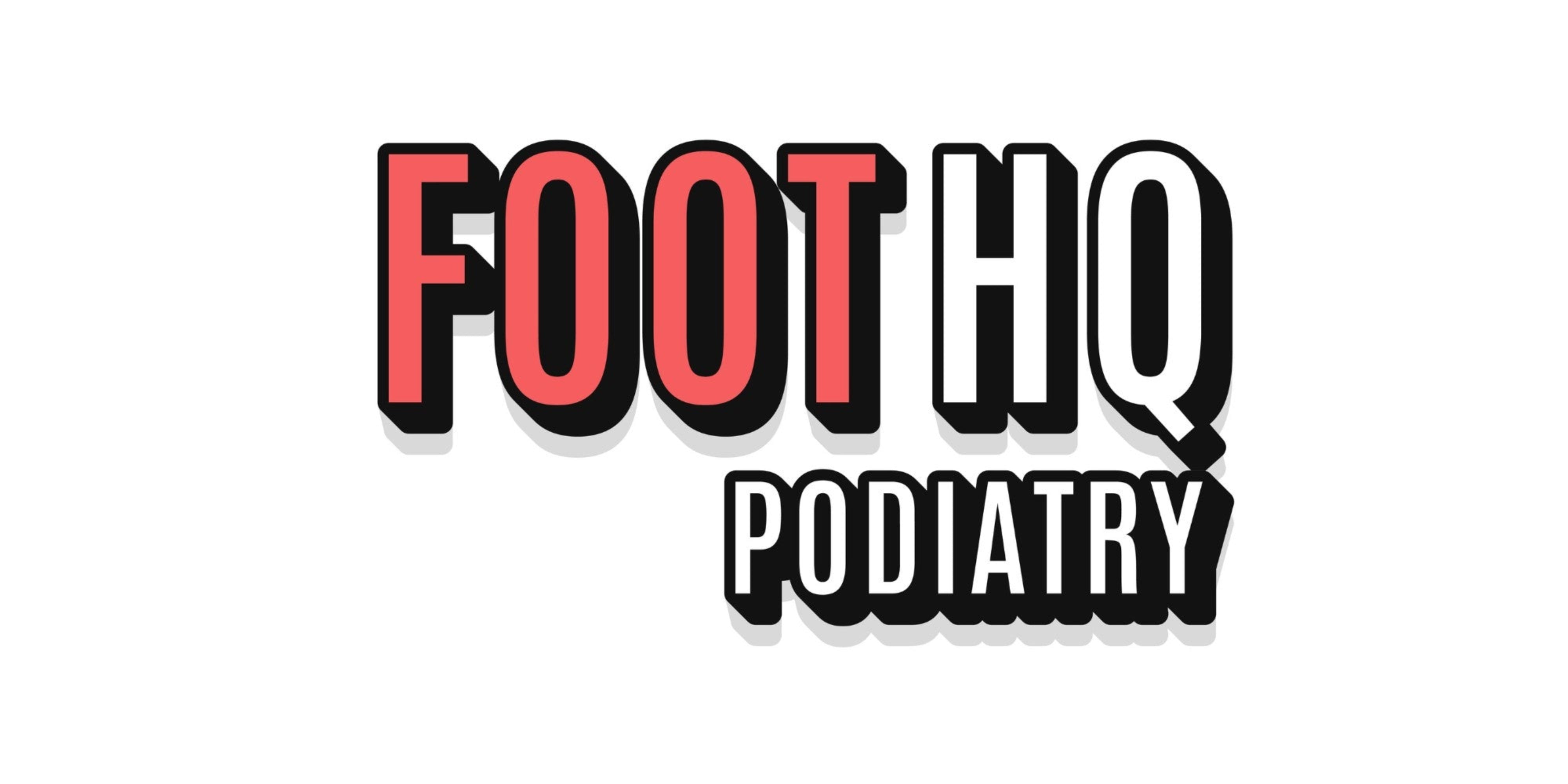

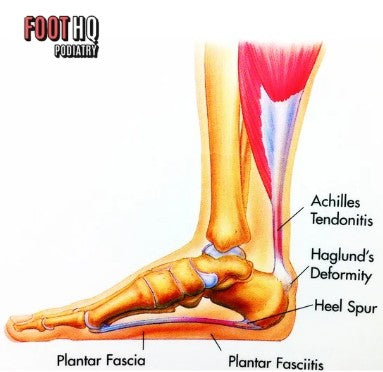
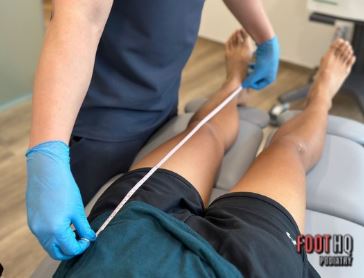
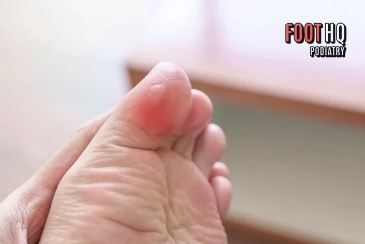
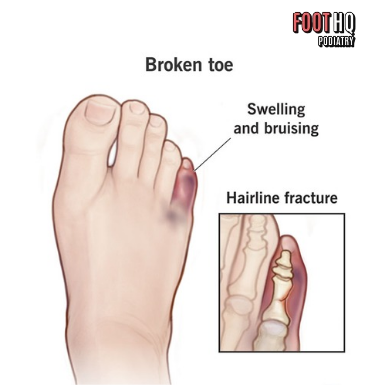
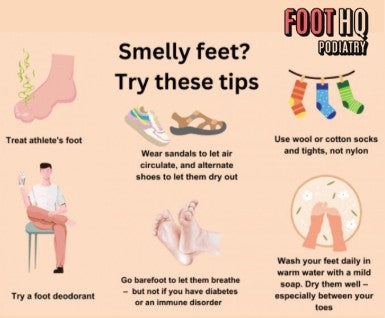
Share: